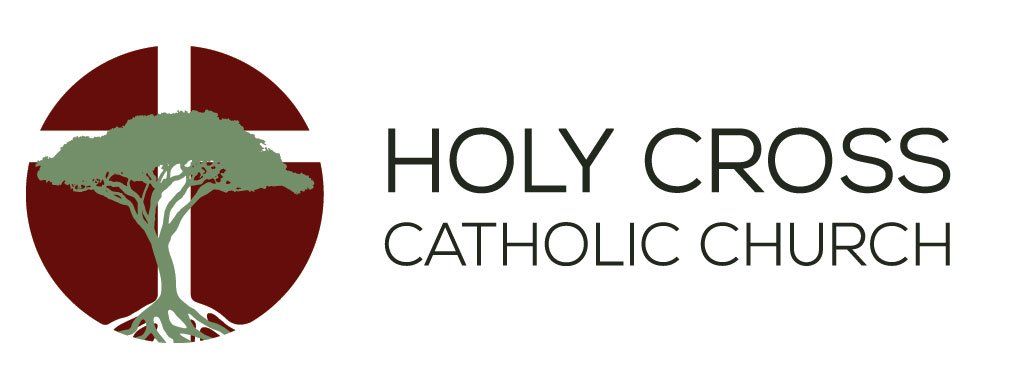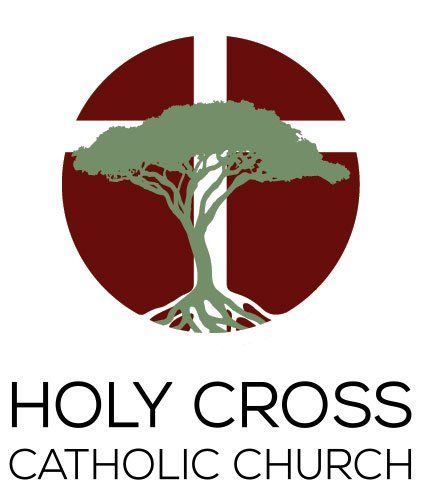Holy Orders
... and like living stones, be yourselves built into a spiritual house, to be a holy priesthood, to offer spiritual sacrifices acceptable to God through Jesus Christ. (1 Peter 2:5)
"Holy Orders is the sacrament through which the mission entrusted by Christ to his apostles continues to be exercised in the Church until the end of time: thus it is the sacrament of apostolic ministry. It includes three degrees: episcopate, presbyterate, and diaconate." (CCC1536)
Who Receives Holy Orders?
"Since the beginning, the ordained ministry has been conferred and exercised in three degrees: that of bishops (episcopate), that of priests (presbyters), and that of deacons (diaconate). The ministries conferred by ordination are irreplaceable for the organic structure of the Church: without the bishop, priests, and deacons, one cannot speak of the Church. (CCC 1593)
The Church confers the sacrament of Holy Orders only on baptized men (viri), whose suitability for the exercise of the ministry has been duly recognized. Church authority alone has the responsibility and right to call someone to receive the sacrament of Holy Orders. (CCC 1598)
Deacons, priests and bishops are essential to the Catholic Church because we believe that they continue the work begun by the apostles.
"The divinely instituted ecclesiastical ministry is exercised in different degrees by those who even from ancient times have been called bishops, priests, and deacons."32 Catholic doctrine, expressed in the liturgy, the Magisterium, and the constant practice of the Church, recognizes that there are two degrees of ministerial participation in the priesthood of Christ: the episcopacy and the presbyterate. The diaconate is intended to help and serve them. For this reason the term sacerdos in current usage denotes bishops and priests but not deacons. Yet Catholic doctrine teaches that the degrees of priestly participation (episcopate and presbyterate) and the degree of service (diaconate) are all three conferred by a sacramental act called "ordination," that is, by the sacrament of Holy Orders:
Let everyone revere the deacons as Jesus Christ, the bishop as the image of the Father, and the presbyters as the senate of God and the assembly of the apostles. For without them one cannot speak of the Church. (1554)
The sacrament of Holy Orders is conferred by the laying on of hands followed by a solemn prayer of consecration asking God to grant the ordained the graces of the Holy Spirit required for his ministry. Ordination imprints an indelible sacramental character. (CCC 1597)
In Catholicism, Holy Orders is the sacrament by which men are ordained as transitional deacons, permanent deacons and priests. The Church confers the sacrament of Holy Orders only on baptized men whose suitability for the exercise of these ministries has been duly recognized. Church authority alone has the responsibility and right to call someone to receive the sacrament of Holy Orders. (CCC 1598). Men preparing for ordination to the priesthood are first ordained as transitional deacons, a one-year period during which they receive pastoral, liturgical and educational preparation, in anticipation of ordination to the priesthood.
Married men who successfully complete preparation for the Permanent Diaconate are ordained by the bishop of their diocese and typically are assigned to a parish by their bishop, where they serve in various functions, in collaboration with their pastor.
In the Latin Church the sacrament of Holy Orders for the presbyterate is normally conferred only on candidates who are ready to embrace celibacy freely and who publicly manifest their intention of staying celibate for the love of God's kingdom and the service of men. (CCC 1599)
The Role of the Laity
The Second Vatican Council reminds us that the mission of ordained clergy, while unique, is interrelated to the mission of the lay faithful:
Though they differ from one another in essence and not only in degree, the common priesthood of the faithful and the ministerial or hierarchical priesthood are nonetheless interrelated: each of them in its own special way is a participation in the one priesthood of Christ. The ministerial priest, by the sacred power he enjoys, teaches and rules the priestly people; acting in the person of Christ, he makes present the eucharistic sacrifice, and offers it to God in the name of all the people. But the faithful, in virtue of their royal priesthood, join in the offering of the Eucharist. They likewise exercise that priesthood in receiving the sacraments, in prayer and thanksgiving, in the witness of a holy life, and by self-denial and active charity. (Lumen Gentium 10)

